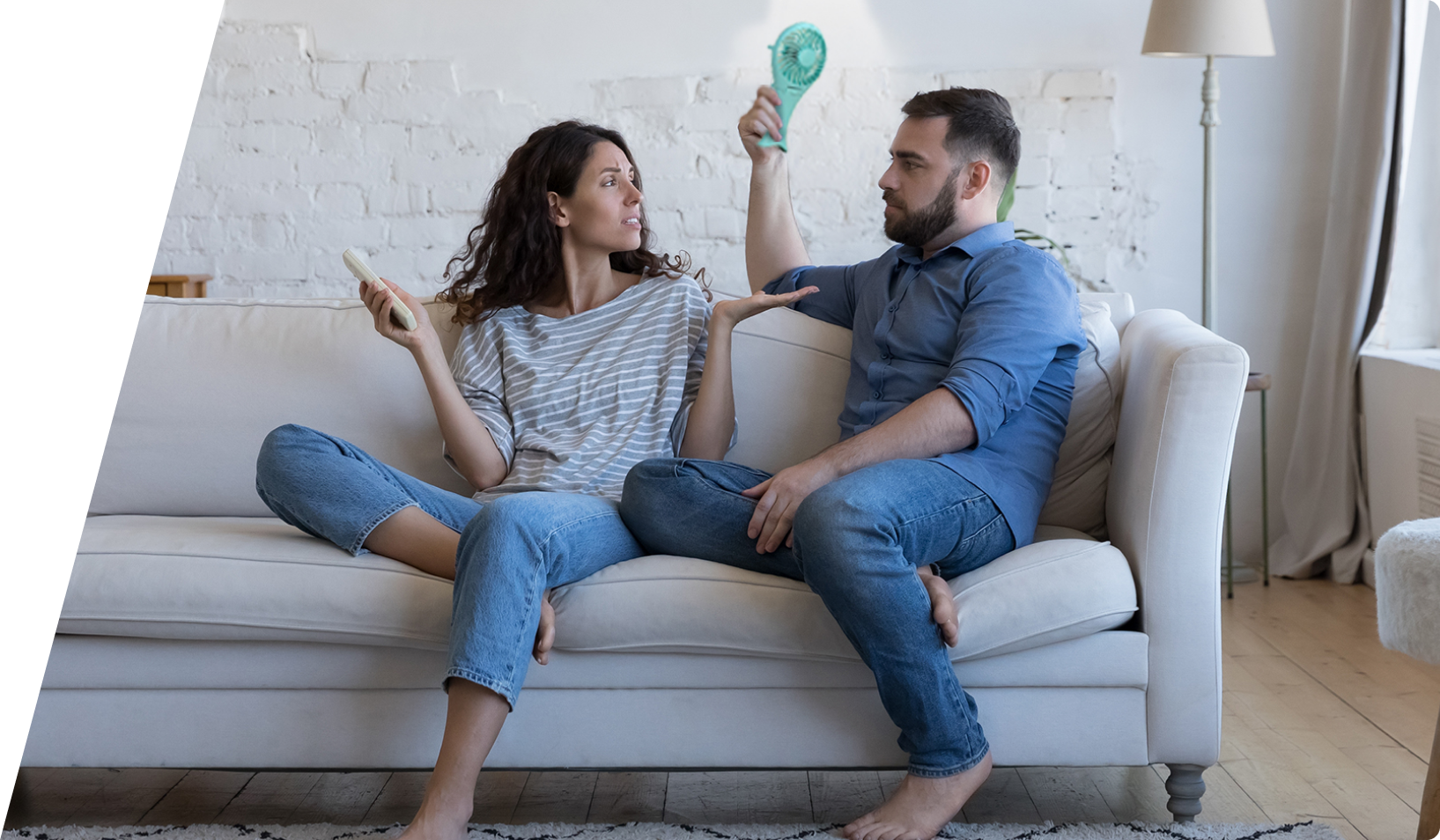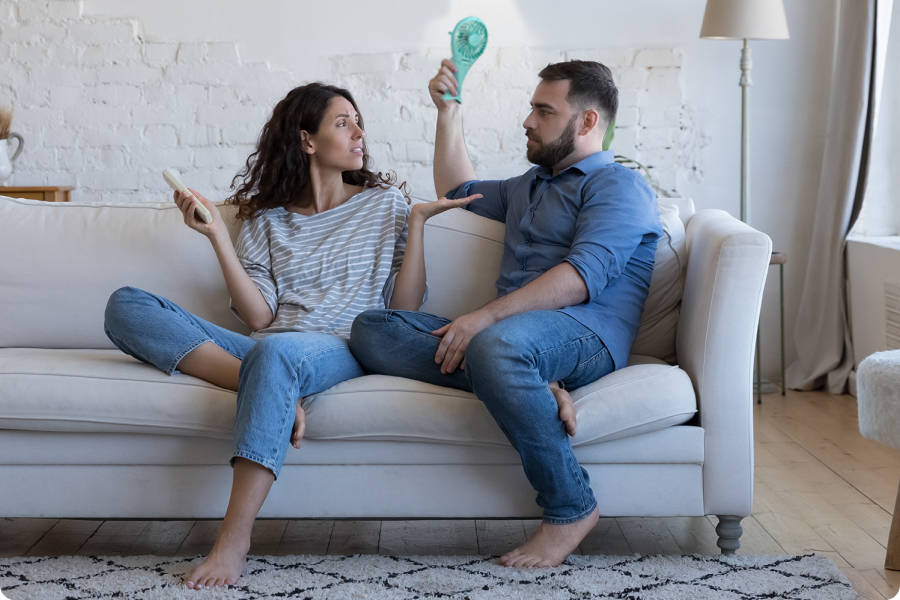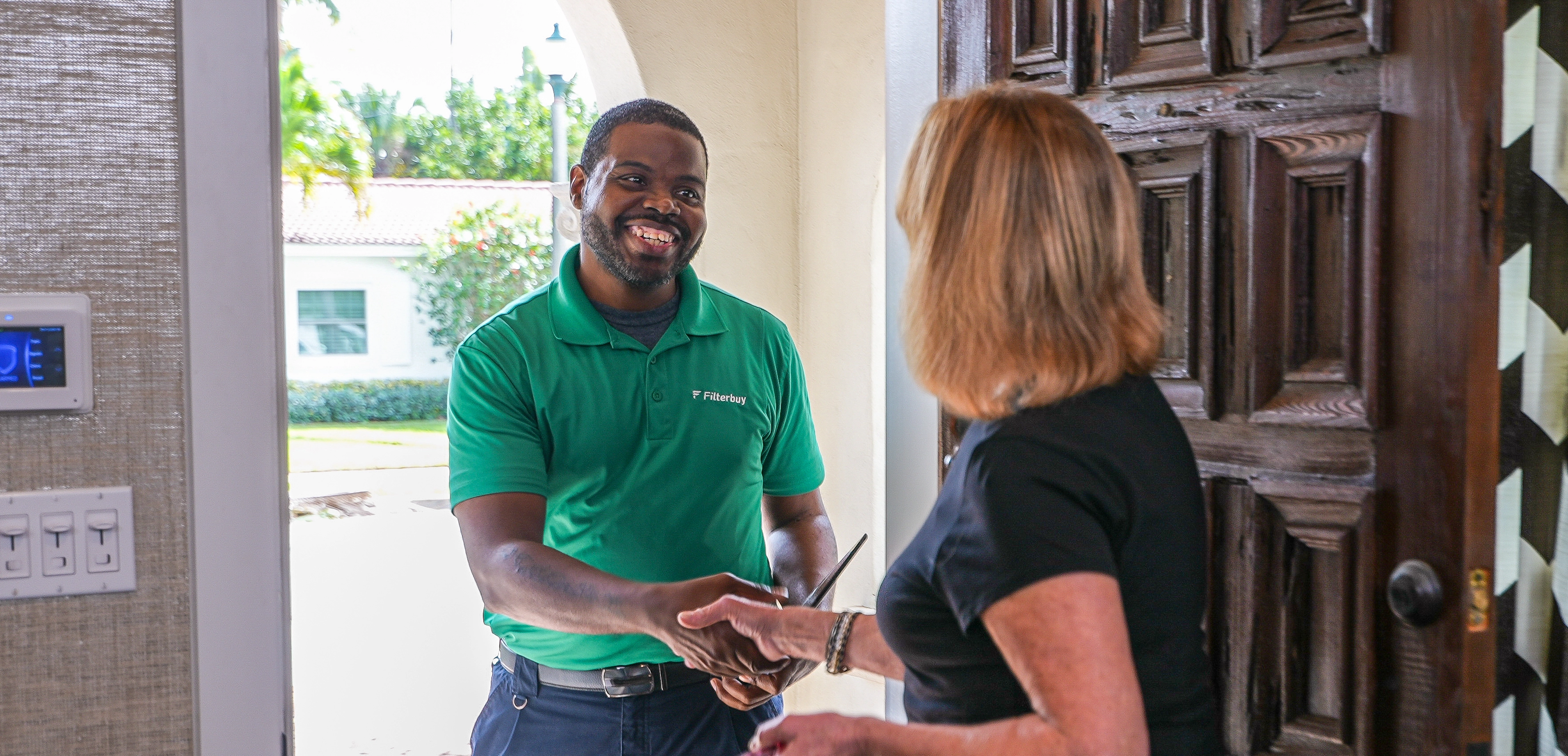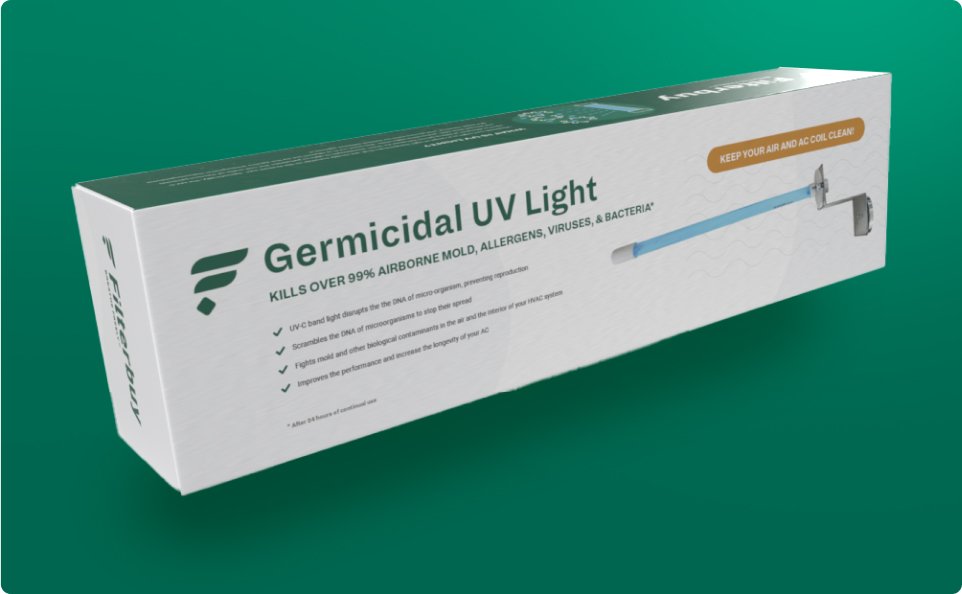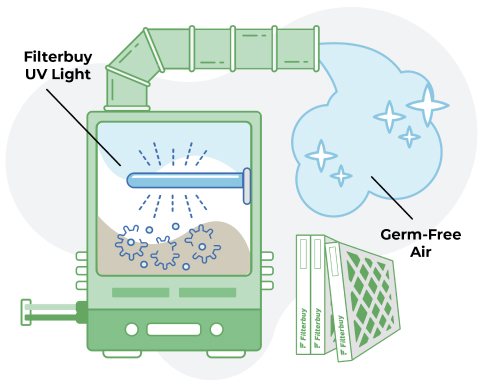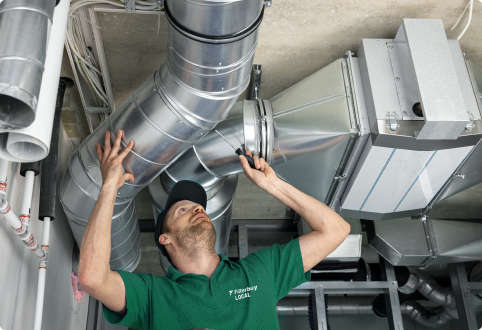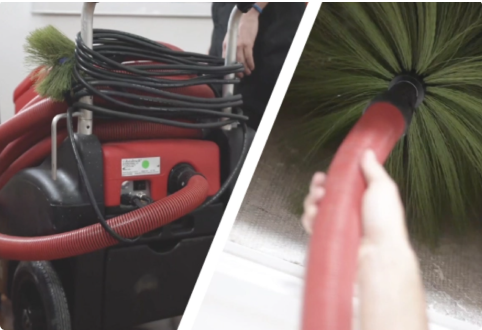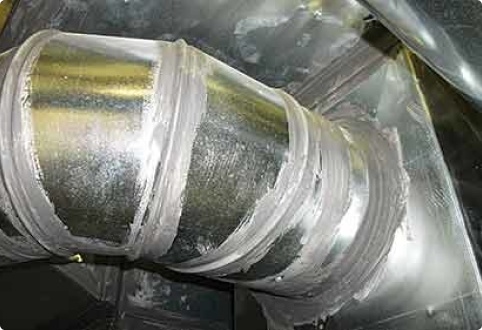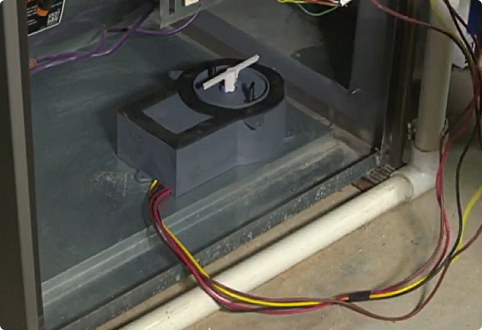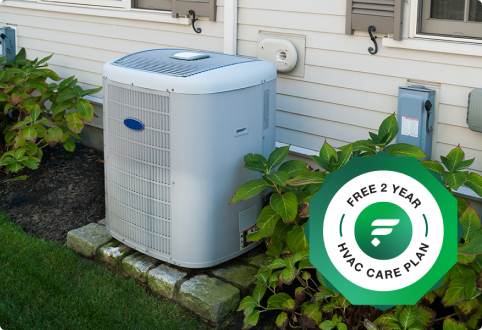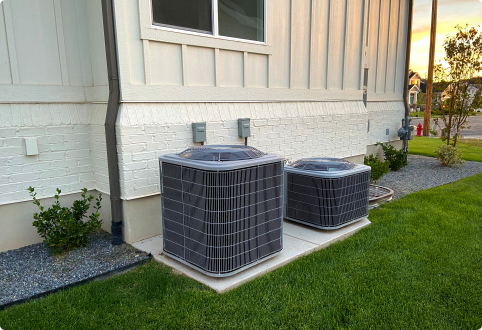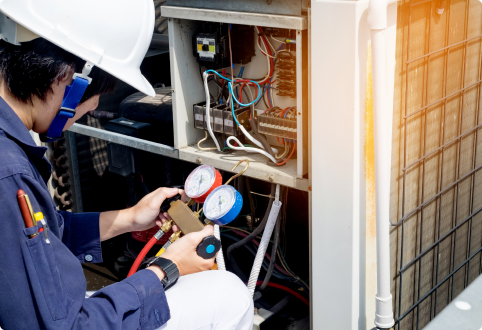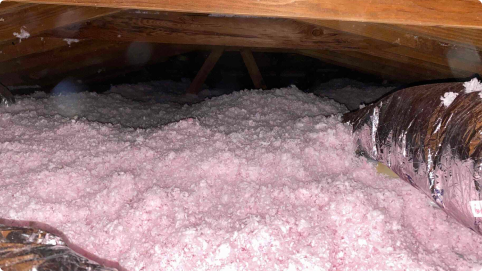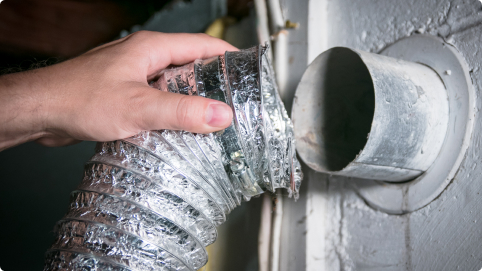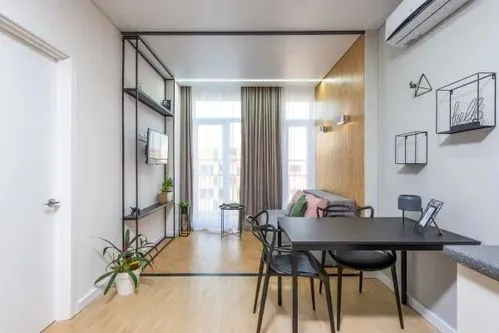Welcome to Filterbuy HVAC Solutions, the best HVAC UV light installation service company proudly serving in and near the greater Loxahatchee Groves, FL area. Please let us know how we can help solve your Loxahatchee Groves HVAC UV light installation needs with professional, affordable, and fast residential and commercial HVAC services by getting a free online quote or by giving our friendly HVAC specialists a call. We look forward to hearing from you!
HVAC UV Light Installation in Loxahatchee Groves FL
Your Loxahatchee Groves, FL home requires a dependable HVAC system for clean air all day. To improve air filtration, consider upgrading your HVAC system. A cost-effective upgrade is installing UV lights.
UV light technology is used to kill airborne organisms and make the air cleaner. This can help prevent allergies and breathing problems for people in your family or office. UV light is designed to get rid of germs and keep the air fresh. It's a good way to make sure the air you breathe is healthy.
When thinking about upgrading the system in your home or business in Loxahatchee Groves, FL, it's important to work with HVAC experts who know where to put things and how they should work. These professionals are knowledgeable about the best ways to set up and run the systems. By hiring them, you can ensure that your upgrades are done properly and will work efficiently. So, make sure to consult with HVAC professionals to get the job done right.
Understanding HVAC UV Lights
HVAC UV lights, also known as ultraviolet germicidal irradiation systems, are designed to improve air quality by neutralizing airborne pathogens and allergens within heating, ventilation, and air conditioning systems. These systems use UV-C light, the most effective UV light type at disrupting the DNA of microorganisms and preventing them from replicating. UV-C light operates typically at a wavelength of 254 nanometers, providing a potent dose of UV radiation that is hostile to bacteria, viruses, mold spores, and other pathogens.
The effectiveness evaluation of HVAC UV lights involves several factors. Primarily, the placement and intensity of the UV light within the HVAC system are crucial. The UV lights must be positioned where they can provide maximum exposure to the moving air stream within the system. Additionally, the irradiance level, measured in microwatts per square centimeter, determines the effectiveness of the UV light in deactivating microorganisms. Higher irradiance levels correlate with higher rates of germicidal activity.
For the evaluation process, it's also essential to consider the dwell time, which is the amount of time the air is exposed to UV light. Longer exposure times increase the system's effectiveness in reducing airborne pathogens. Regular maintenance and bulb replacement are crucial to ensure sustained UV light effectiveness.
Benefits of UV Light Installation
Installing UV lights in HVAC systems offers significant benefits, including enhanced air quality and reduced spread of airborne diseases. The use of UV light technology specifically targets microorganisms, bacteria, viruses, and mold spores, effectively neutralizing them as air circulates through the system. This is particularly crucial in environments like hospitals or schools, where the risk of contagion is higher, but it is equally beneficial in residential settings to support overall health.
The health implications of installing UV lights in HVAC systems are profound. Studies have shown that UV light can decrease the incidence of respiratory infections and allergies by controlling the levels of pathogens in the air. This proactive approach to air quality can lead to fewer health-related absences in professional settings and enhance life quality at home.
In terms of environmental impact, UV lights contribute positively by reducing the need for chemical disinfectants, which can be harmful to the environment. Furthermore, because UV light installation helps maintain cleaner air handling units, HVAC systems operate more efficiently. This not only extends the lifespan of the system but also reduces energy consumption, leading to lower utility bills and a smaller carbon footprint. These factors make UV light installations a sustainable choice for modern air quality management.
Step-by-Step Installation Guide
Having explored the benefits of UV light in HVAC systems, let us now provide a detailed guide on how to install these lights in Loxahatchee Groves, FL. Installation requires precision, and careful adherence to safety protocols is crucial for ensuring both personal safety and system integrity.
Step 1: Tool Selection Begin by gathering the necessary tools. Typically, you will need a screwdriver, a drill, pliers, and safety goggles. Ensure all tools are in good condition to avoid any mishaps during installation.
Step 2: System Preparation Power off the HVAC system completely to ensure safety. Access the interior of the air handling unit. This may involve removing the access panel with your screwdriver or drill, depending on the model.
Step 3: Positioning the UV Light Mount the UV light near the coils and the drain pan, areas prone to microbial growth. Use the drill to secure the mounting brackets provided with your UV light kit.
Step 4: Wiring Connect the UV light to the power supply. This must be done according to the manufacturer's instructions to avoid electrical hazards.
Step 5: Testing and Safety Check After installation, restore power to the system and test the UV light to ensure it operates correctly. Confirm all tools are removed from the unit and the access panel is securely replaced to maintain system efficiency and safety.
This installation process, when followed correctly, offers a significant enhancement to your HVAC system's functionality and air quality.
Cost Analysis of UV Systems
While the benefits of UV light systems in HVAC units are significant, it is essential to consider the associated costs of installation and maintenance in Loxahatchee Groves, FL. The initial investment for UV light systems can vary widely depending on the system's size, type, and specific technology used, typically ranging from $400 to $1,200. This cost includes not only the UV unit itself but also professional installation, which is crucial to ensure effectiveness and safety.
An essential factor in the cost analysis is the energy efficiency of UV light systems. These systems consume electricity to operate; however, they are designed to be low-energy users, adding only a modest amount to monthly utility bills. Moreover, by maintaining cleaner coils and air handling units, UV systems help the HVAC operate more efficiently, potentially lowering overall energy costs.
Warranty coverage is another critical financial consideration. Most reputable UV systems come with a warranty that covers defects and malfunctions, which can provide significant savings on potential repair costs. It's wise for homeowners to seek systems with comprehensive warranty terms, ensuring that their investment is protected and contributes to long-term cost savings.
Maintenance and Care Tips
After considering the costs of UV light systems, it's important to focus on maintaining their efficiency and longevity through proper care. Ensuring that your HVAC UV light system operates at its best not only safeguards your investment but also contributes to a healthier living environment. Effective maintenance hinges on understanding the system's needs and addressing them meticulously.
Here are key tips for maintaining your UV light system:
1. Regularly Check and Replace Filters: Ensure your system's filters are compatible with the UV light installation to maintain air quality and protect the equipment.
2. Monitor and Clean the UV Lamps: Dirt and grime can shield microbes from UV exposure, reducing the system's effectiveness. Regular cleaning enhances performance.
3. Stay Informed About Warranty Considerations: Keep track of the warranty details. Some manufacturers offer extended warranties that cover replacement lamps and other potential issues.
4. Professional Inspections: Schedule annual inspections with a certified technician to ensure optimal functioning and address any potential issues before they escalate.
Adhering to these maintenance tips not only prolongs the life of your HVAC UV system but also ensures that it continues to provide a safe and clean atmosphere for your home or office.
Frequently Asked Questions
How Much Does It Cost to Install UV Lights in HVAC?
Installing UV lights in an HVAC system can cost anywhere from a few hundred to over a thousand dollars, depending on factors such as the type of UV light used, the size of the HVAC system, and whether professional installation is required. The cost may also vary based on the brand and quality of the UV light chosen.
Is It Worth Installing UV Light in the HVAC?
The decision to install UV lights in an HVAC system is often considered worth it for many homeowners and businesses. UV lights can help improve indoor air quality by reducing mold, bacteria, and other airborne pathogens that can circulate through the HVAC system. This can lead to a healthier indoor environment and potentially reduce the risk of respiratory issues or allergies for occupants.
What Is the Disadvantage of UV Light in HVAC?
One potential disadvantage of UV lights in HVAC systems is that they may not be as effective in certain conditions, such as when the airflow bypasses the UV light or when the UV light is not properly positioned within the HVAC system. Additionally, UV lights may require regular maintenance and replacement of bulbs to remain effective, which can add to the overall cost of ownership.
Can I Install a UV Light in My HVAC System?
In most cases, it is possible to install a UV light in an HVAC system. However, it is recommended to consult with an HVAC professional to determine the most suitable type of UV light for your specific system and to ensure proper installation. DIY installation is not generally recommended due to the complexity of the HVAC system and the potential risks involved.
Do HVAC UV Lights Use a Lot of Electricity?
HVAC UV lights typically do not consume a significant amount of electricity. The power usage of UV lights is relatively low compared to other components of an HVAC system, so they are not a major contributor to energy bills.
What Is the Life Expectancy of a UV Light for HVAC?
The life expectancy of a UV light for HVAC systems can vary depending on the quality of the light, how frequently it is used, and whether it is properly maintained. On average, UV lights may last anywhere from 9 months to 2 years before needing replacement. It is important to follow the manufacturer's guidelines for maintenance and replacement to ensure optimal performance.
Does UV Light Damage AC Coils?
UV lights in HVAC systems are designed to target and neutralize mold, bacteria, and other microorganisms that pass through the system. While UV lights can help keep AC coils clean by reducing the buildup of organic materials, they are not known to cause damage to the coils themselves when used correctly.
Where Is the Best Place to Install a UV Light in HVAC?
The best place to install a UV light in an HVAC system is typically near the coils or in the return air duct. Placing the UV light in these locations can help ensure that the light reaches and effectively treats the air passing through the system, reducing the presence of harmful microorganisms.
Can UV Light Damage the Air Handler?
UV lights are generally safe for air handlers when installed properly. However, improper installation or maintenance of UV lights can potentially cause damage to the air handler components over time. It is important to consult with a professional HVAC technician to ensure that the UV light is installed correctly and does not pose any risks to the air handler.
What Are the Downsides of UV Light?
Some downsides of UV lights in HVAC systems include the initial cost of installation, the ongoing maintenance requirements, and the potential for reduced effectiveness if not properly positioned within the system. Additionally, UV lights may not eliminate all indoor air pollutants, so they should be used in conjunction with other air quality improvement measures for optimal results.
Do HVAC UV Lights Get Hot?
HVAC UV lights typically do not generate a significant amount of heat. The UV light bulbs used in HVAC systems are designed to produce UV light rather than heat, so they should not noticeably increase the temperature within the system or pose a fire hazard.
Do UV Lights Make Indoor Air Quality Better?
UV lights can help improve indoor air quality by reducing the presence of mold, bacteria, and other airborne pathogens within the HVAC system. By targeting and neutralizing these microorganisms, UV lights can contribute to a cleaner and healthier indoor environment. However, it is important to note that UV lights are just one component of a comprehensive indoor air quality strategy, and other factors such as ventilation and filtration should also be considered for optimal results.
Here is the nearest branch location serving the Loxahatchee Groves area…
Filterbuy HVAC Solutions - West Palm Beach FL
1655 Palm Beach Lakes Blvd ste 1005, West Palm Beach, FL 33401
(561) 448-3760
https://maps.app.goo.gl/AiRzEnWDJCmsKBvi7

.webp)
.webp)
.webp)
.webp)




